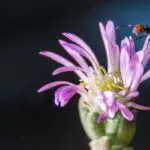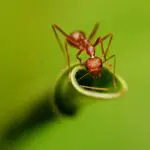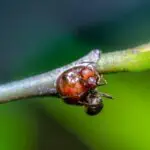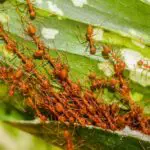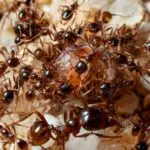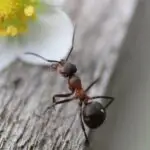How Old Ants Live
Depending on the type of ant and its role in the colony, an ant’s lifespan can range from several months to several decades. There are over 1,000 species of ants in North America. Some ants are considered pests while others are important biological control agents.
An ant’s life is divided into four stages: the pupae, the ant pupae, the worker ant, and the adult ant. The lifespan of each stage is dependent on its role in the colony. Generally, workers live for about six weeks to a year. Workers do most of the work to maintain the colony. The queen lays eggs and creates new ants, which is the source of life for the colony.
The longest-lived ant caste is the queen. Queens can live as long as three decades. In the laboratory, queens of the Lasius niger species have been recorded to live for up to 28 and a half years.
Another long-lived species is Pheidole dentata, an American ant. Scientists have observed these ants in the laboratory, and found no signs of senescence. However, predators may kill them in the wild.
Workers of the Pheidole dentata appear to be sharper and more able to forage than younger workers. Workers are also able to take care of infants, attack prey, and lay eggs. The longevity of worker ants is a result of genes.
The lifespan of other ants depends on their species, their sex, and their role in the colony. Workers of the Pogonomyrmex owyheei species are reported to live for as long as thirty years in the field.

